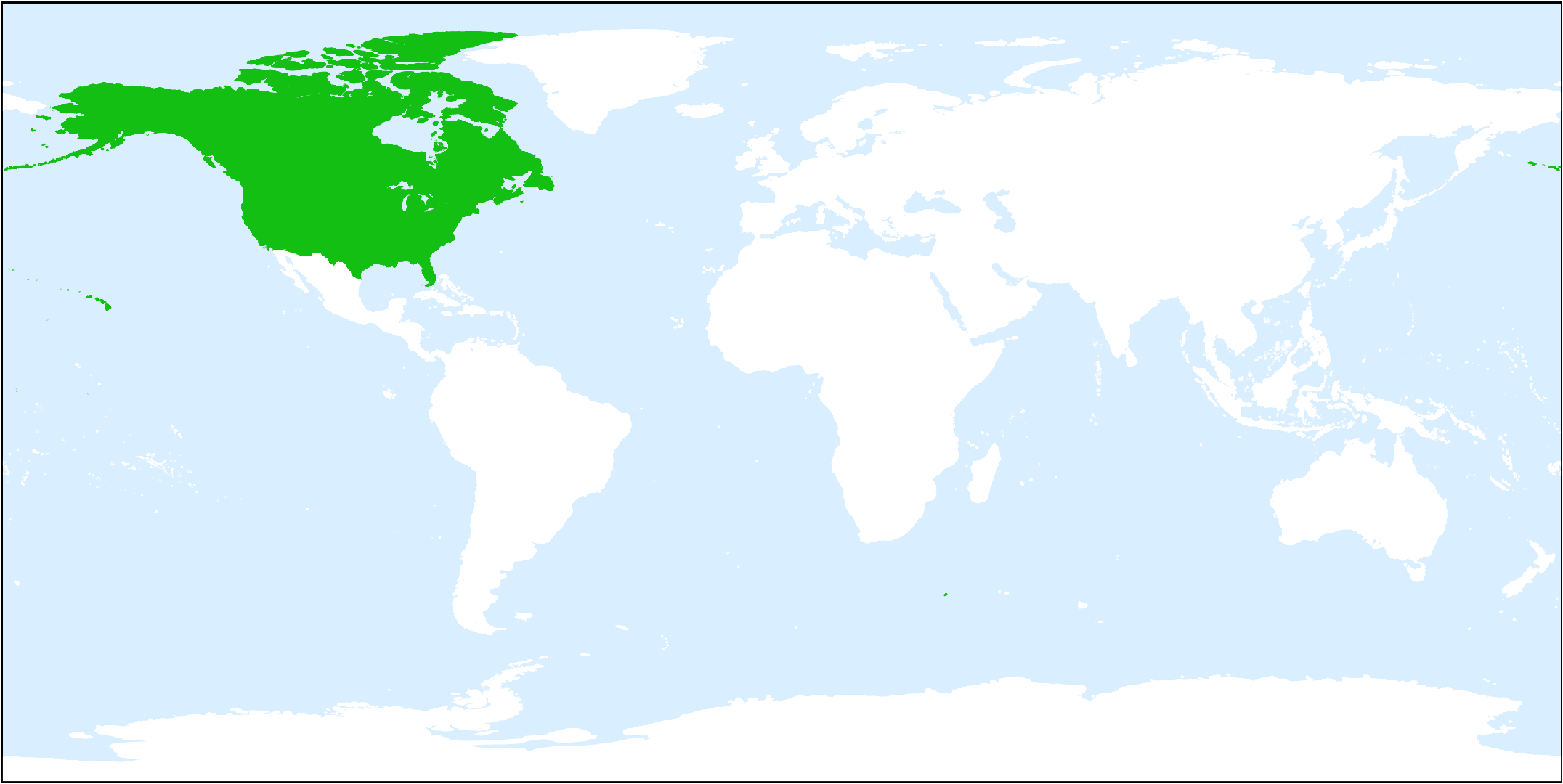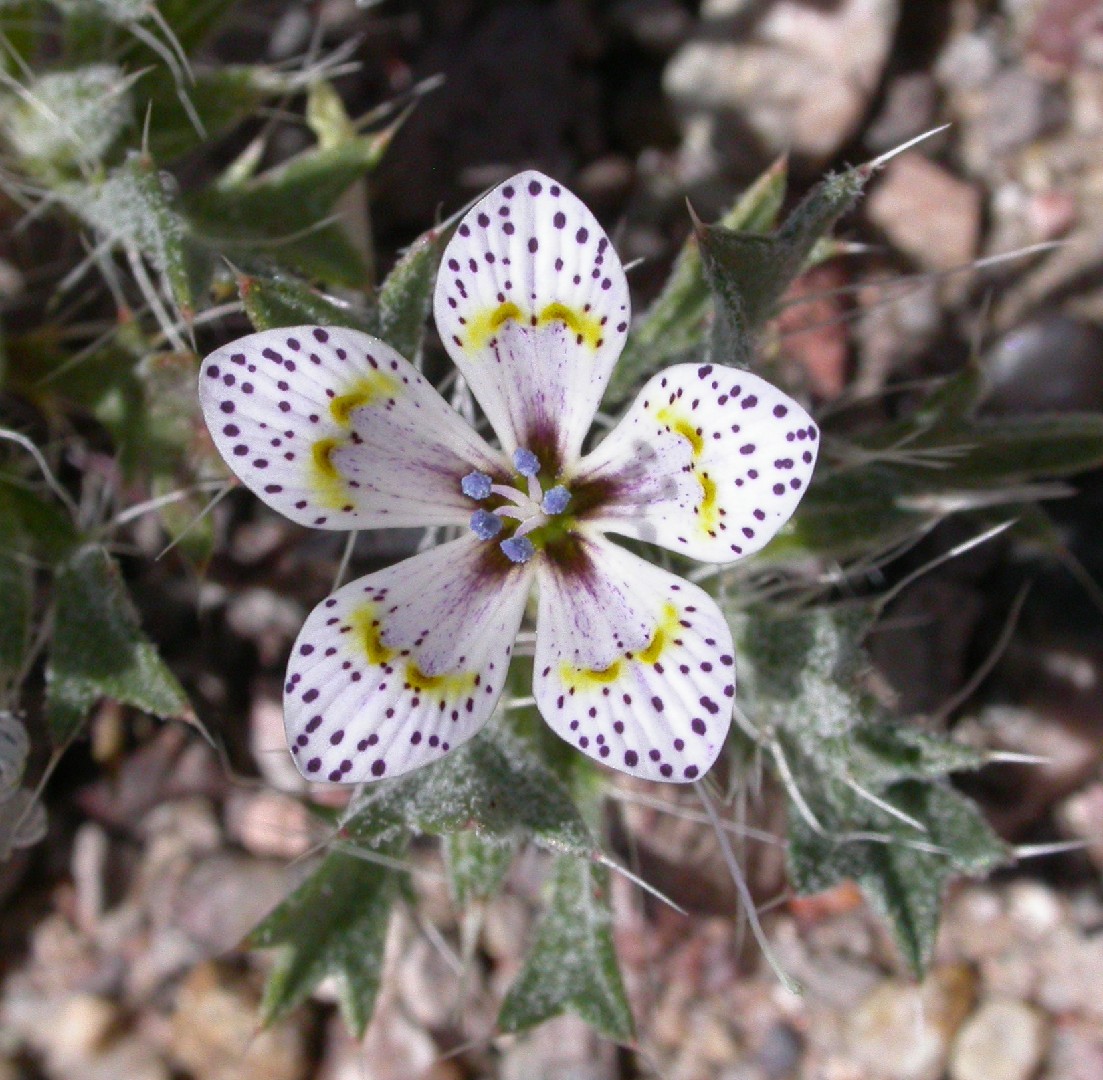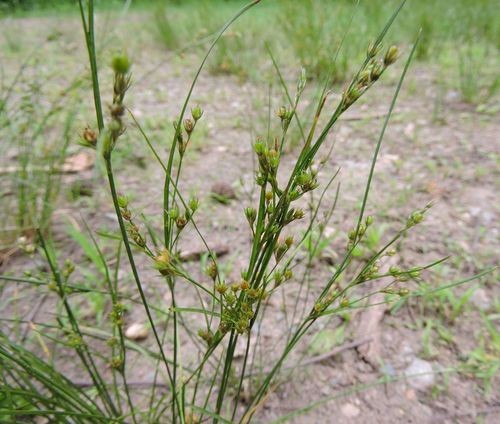What should I do if I water my Parry's rush too much or too little?
Without proper watering, this beautiful ornamental grass will underperform. In the ground, watering issues can be solved, but In a container, too much or too little water will kill Parry's rush in short order. When Parry's rush isn't receiving the right amount of water, it may stop growing. In the case of overwatering, it will begin to display yellow leaves with brown tips. Underwatering can produce drooping leaves, weak seed head production, and browned leaves. If you suspect your Parry's rush has been improperly watered, the first thing to do is figure out if the problem is too much or too little. If your Parry's rush is getting too much water, stop watering it immediately. Sometimes it can take weeks for heavy soils to dry out, so be patient. At the first sign of new growth, test the soil for moisture and decide whether it needs more water or not. The solution for Parry's rush receiving too little water is even simpler: give the grasses a nice, deep drink and see if it perks up. Bearing all of this in mind, remember that a long, deep watering is always better than a lot of shallow, frequent waterings. The reason for this is that deep watering encourages grasses to grow deep roots, which makes them more drought resistant and less prone to problems from watering.
![more]()
How often should I water my Parry's rush?
The watering needs of Parry's rush will vary depending on where it is planted. Generally, you should water this grass every week. In hot climates, once or twice a week watering in the summer may be necessary. In moderate climates, watering once every seven days or more may be enough. Grass in containers almost always need more frequent watering than grasses in the ground. But with a species such as this that can thrive in full sun or part shade, the location also matters. Shaded grasses need to be watered less frequently than in-ground grasses. Parry's rush should only be watered when the soil is dry. If you’re unsure when to water, there are a few key signs you can use as your cue. Pressing your finger a couple of inches into the soil will tell you if the soil is dry. For a potted grass, you can weigh the grass with a portable scale to see how light it is, but you can also quickly feel when the pot is light from lack of water. Like many types of grass, the blades may appear folded along their centers and thinner than usual when the roots lack sufficient water. Despite its drought tolerance, regular, deep waterings will reward you with a beautiful color. In the wild, Parry's rush grows in open scrubland, where it would be subject to extreme heat, loads of bright sun, and intermittent rain. Because this grass is drought resistant, you might expect never to need to water it. But don’t let its hardiness fool you, Parry's rush still needs care and attention. Even though this hardy grass can handle harsh, dry conditions, gardeners agree that it thrives best with consistent water. When first planted, Parry's rush will need more frequent water until it has established deep roots. For Parry's rush in pots, the soil will dry out quickly, especially if the pot is in hot, direct sun for a large part of the day. Test the soil every 3 to 4 days and water only when it feels dry. Parry's rushed in the ground generally needs less watering, but that depends on the soil it is grown in. Heavy clay soil holds water for a long time and may feel dry at the surface while still retaining plenty of moisture below the ground. Sandy soils that drain quickly will need to be watered more often.
![more]()
What should I be careful with when I water my Parry's rush in different seasons, climates, or during different growing?
You can often tell if you are watering enough by the rate of growth of your grasses. Parry's rush during the hottest months of the year and has been known to double in size in a year’s time. If the weather is hot and the grass is not growing vigorously, you may need to adjust your watering schedule. In winter, you might be able to get away with watering only once a month, but you will still want to touch the soil to test for moisture. During a growth cycle (in the warmest months), the grass will need more water than usual. But during winter and cooler months, the need for water will be dramatically reduced. The most important thing to remember about Parry's rush is that the soil it is planted in should always be allowed to dry out completely before adding water.
![more]()
How much sunlight does Parry's rush need every day?
Although this plant doesn’t particularly like a lot of light, it does need some throughout the day to photosynthesize and therefore grow properly. Full shade plants like Parry's rush don’t need a full eight hours of sunlight per day, but they do need access to at least six hours of indirect sunlight every day in order to grow at a healthy rate.
![more]()
What kind of sunlight does Parry's rush need to thrive?
Parry's rush is a shade-loving plant that requires lots of shade. During the hottest parts of the day, this plant needs to be protected from direct sunlight; however, it can tolerate partial sun during other parts of the day. Morning sun is ideal for Parry's rush, but it can tolerate small amounts of afternoon sun if it’s not too hot in one spot for the entire afternoon and evening.
![more]()
How can I protect Parry's rush from sun damage and overexposure?
There are a few tricks to planting Parry's rush that can prevent you from having to take extra measures to protect it from direct sun. You can try strategic shade planting using buildings or trees to plan where to plant, or even layer using taller plants that can tolerate bright, direct light all day. Otherwise, you can try using shade cloth to build a sunshade over your Parry's rush facing toward the sun during the hottest parts of the day.
![more]()
What happens if Parry's rush gets inadequate sunlight?
Unfortunately, too little sunlight is still possible, even though this plant loves the shade. You might notice leaves straining to grow towards better-lit areas, leaves that grow progressively smaller, and even generally-stunted growth. In these cases, you can try moving Parry's rush if it’s in a pot, or move other foliage out of the way so that some of the sunlight can reach into your Parry's rush.
![more]()
What happens if Parry's rush gets too much sunlight?
Parry's rush can be damaged fairly easily from sunlight overexposure. When its leaves are exposed to bright, direct sunlight for multiple hours per day in the same spots, you may begin to notice some yellowing and/or brown discoloration at the leaf tips. The leaves in heavily burned spots may also start to curl under or in. These are signs that your Parry's rush is being cooked in the sun, and needs a little bit more shade to be happy.
![more]()
Does Parry's rush need different sunlight care for different growth stages?
In some climates, sunlight for plants coming out of dormancy may be a bit much. When your Parry's rush is in its early stages for the year, it shouldn’t be exposed to much sunlight. The new, tender leaves are far more susceptible to sunburn than mature ones, so be sure to shade your plants properly if they aren’t already protected from direct rays of sunlight. It’s important to keep the first foliage intact, as this will be the primary source of energy the plant as it puts on new growth for the year!
![more]()
![icon]()
Get tips and tricks for your plants.
Keep your plants happy and healthy with our guide to watering, lighting, feeding and more.
Download the App for Free












